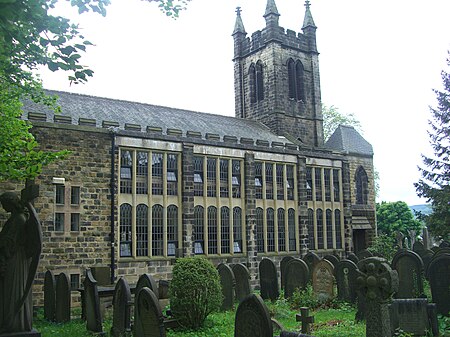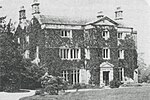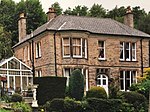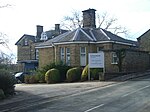Christ Church, Fulwood, Sheffield
1839 establishments in England19th-century Church of England church buildingsChurch of England church buildings in South YorkshireChurches completed in 1839Churches in Sheffield ... and 5 more
Conservative evangelical Anglican churches in England receiving AEOGrade II listed buildings in SheffieldGrade II listed churches in South YorkshireHistory of SheffieldUse British English from December 2022

Christ Church Fulwood is a large conservative evangelical Anglican parish church of the Church of England situated in Fulwood, Sheffield, England. The Revd Canon Paul Williams was vicar at Christ Church from 2006 to 2021.
Excerpt from the Wikipedia article Christ Church, Fulwood, Sheffield (License: CC BY-SA 3.0, Authors, Images).Christ Church, Fulwood, Sheffield
Canterbury Avenue, Sheffield Fulwood
Geographical coordinates (GPS) Address Nearby Places Show on map
Geographical coordinates (GPS)
| Latitude | Longitude |
|---|---|
| N 53.365291 ° | E -1.542377 ° |
Address
Canterbury Avenue
S10 3RU Sheffield, Fulwood
England, United Kingdom
Open on Google Maps










